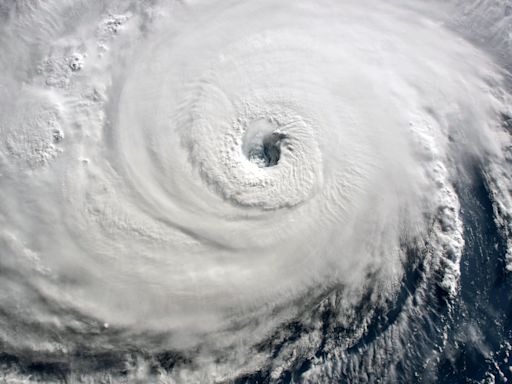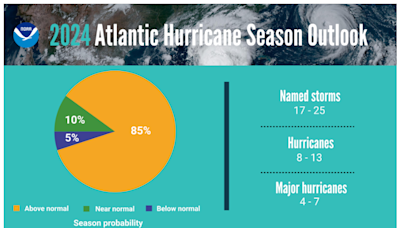Search results
4 days ago · Please note that the Historical Hurricane Tracks interface will not contain data for the current season until the storms have had their entire datasets analyzed. For example, the 2011 season should be online by early 2012. Another good source of vulnerability maps and GIS data is NOAA's Digital Coast.
3 days ago · In 2002, subtropical cyclones started to be assigned names from the main list of names set up for that year. In 2005 and 2020, as all the names pre-selected for the season were exhausted, the contingency plan of using letters from the Greek alphabet as names had to be used.
2 days ago · Continental United States hurricane strikes 1950–2022. The list of United States hurricanes includes all tropical cyclones officially recorded to have produced sustained winds of greater than 74 mph (119 km/h) in the United States, which is the minimum threshold for hurricane intensity.
6 days ago · October 22 – 29, 2012: Category 3 hurricane: 115 mph (185 km/h) 940 hPa (27.76 inHg) Caribbean, Bahamas, United States East Coast, Eastern Canada: 234: $68.7 billion Ingrid: September 12 – 17, 2013: Category 1 hurricane: 85 mph (140 km/h) 983 hPa (29.03 inHg) Mexico: 32: $1.5 billion Erika: August 24 – 28, 2015
2 days ago · As a child growing up in Havana, Cuba, Dr. Lixion Avila became fascinated with tropical storms at a very young age and has always believed that hurricanes “are a part of his soul.” began working for the National Hurricane Center (NHC) in the 1980s, translating weather advisories into Spanish and transporting maps and went on to become a renowned hurricane specialist.
5 days ago · Miller emphasized that in 2012, the year Hurricane Sandy made landfall in Atlantic City, those probabilities were lower. Those probabilities were also lower in 2020, when Hurricane Ida wrought havoc on the region. The unusually active forecast is a result of several factors.
5 days ago · The National Oceanic and Atmospheric Administration (NOAA) lists tropical cyclone names for 2024 through 2029 under its National Hurricane Center division, which started naming Atlantic tropical storms in 1953. These names are now maintained and updated by an international committee of the World Meteorological Organization (WMO).


